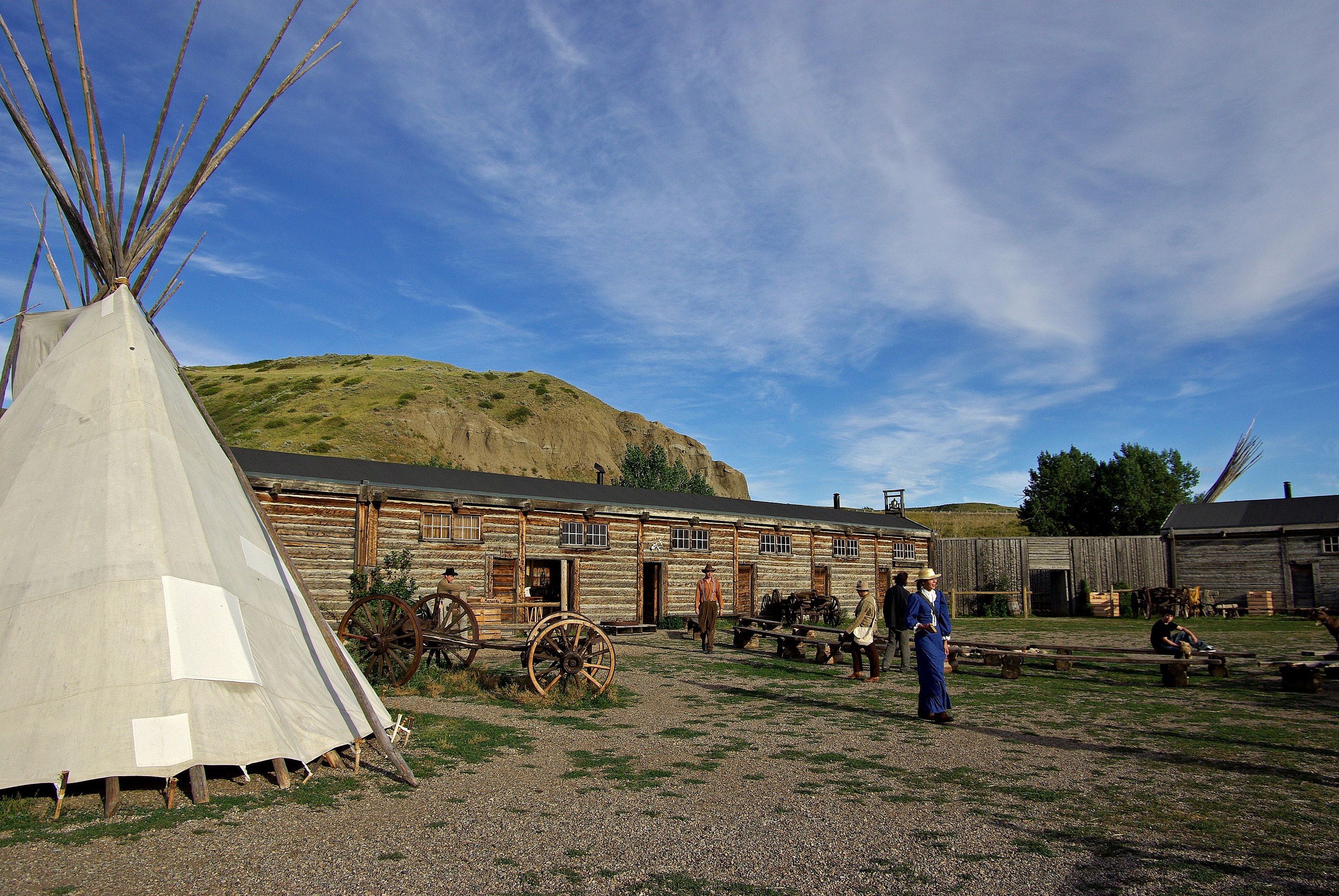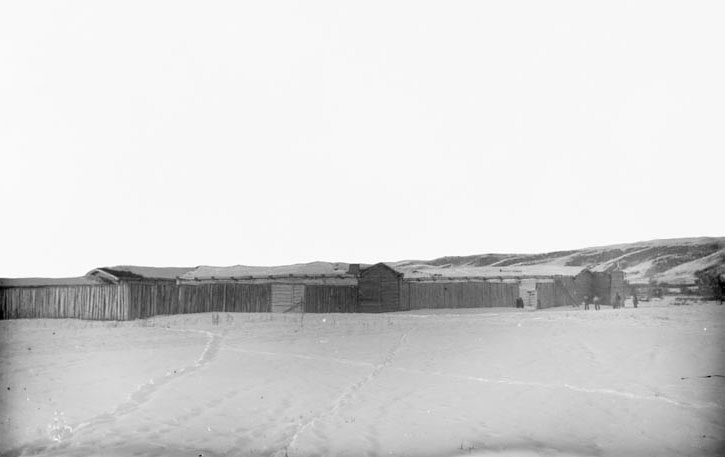
In 1873, the people of what is now southern Alberta and Saskatchewan had a serious complaint. With no police force, traders and outlaws who had fled prohibition in the United States had established a well-defended fort where they traded buffalo robes and sold U.S. whiskey, largely to First Nations people, and spread criminal chaos throughout the countryside.
Even though it was in Canadian territory, an American flag was said to fly over Fort Whoop-Up, near modern-day Lethbridge. Violence and criminal activity seeped from this criminal cul-de-sac into surrounding territory.
“The region of Saskatchewan is without law, order or security for life or property,” wrote the British officer sent to investigate. “Robbery and murder for years have gone unpunished…massacres are unchecked…and all civil and legal institutions are entirely unknown.”
In May 1873, Parliament established the North West Mounted Police, but not in time to prevent the massacre in June of about 30 members of the Assiniboine First Nation in the Cypress Hills in what is now Saskatchewan.
The force was to build a chain of forts stretching westward from Manitoba to the Rocky Mountains, establish Canadian sovereignty, prepare the way for settlement of the West, and enforce the law in some six million square kilometres of territory. It was to be done with 300 recruits.
The first commissioner, George French, decided to make a statement: a long patrol, known as the Great March, to announce arrival of the law in the West. What followed was a gruelling 1,300-kilometre trek across trackless prairie that left Manitoba in July 1874. Men and horses were harassed by foul weather, foul water, starvation and vicious attacks by clouds of mosquitoes and blackflies said to have driven some horses mad. By the fall, many horses had died and many Mounties were ill.
They met with renowned Métis scout Jerry Potts, who led them to their destination. Alas, their arrival at Fort Whoop-Up on Oct. 9, 1874, was anti-climactic. The forewarned outlaws had skulked away. The main trader had had time to conceal his whiskey in surrounding coulees, there was no American flag flying, and no evidence of illegal activity.

The NWMP built the first permanent police post nearby, along the Oldman River, having brought law to the land without firing a shot.
The original location of Fort Whoop-Up was declared a national historic site, and a replica fort, which serves as a museum, was built in Lethbridge in 1967.
The replica retains the name. But how did Fort Whoop-Up originally come by its nickname? One theory is that people said they were going to the fort, a nexus of illicit, if not illegal, activity, to “whoop it up.” Another was that it was named for a nearby trail frequented by bull trains, ox-driven carts that hauled freight. To move the reluctant beasts along the trail, a driver, called a bull whacker, would crack his whip, an activity known as whooping them up. The trail, naturally, was called Whoop-Up.
Advertisement












